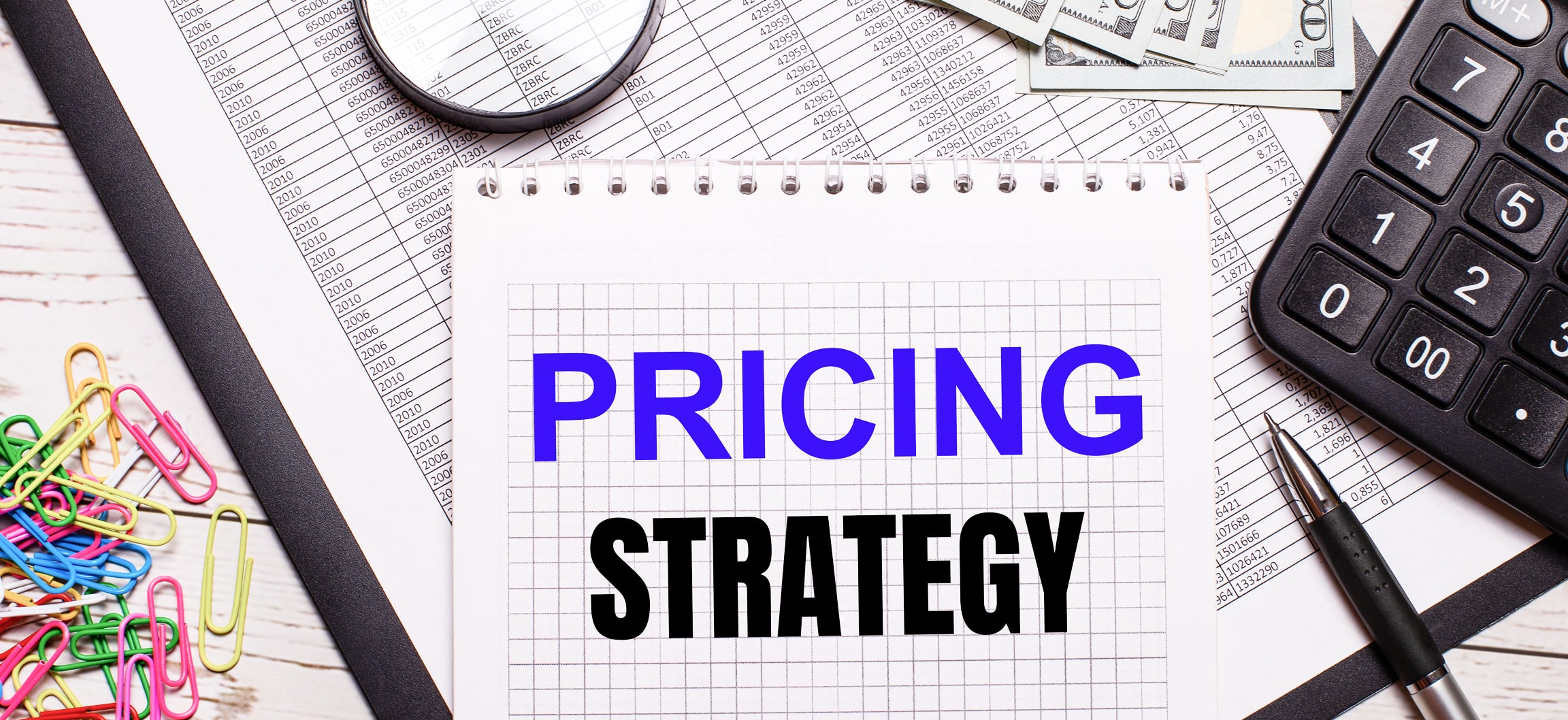
- Industries
Contact sales
Our software caters to all the verticles of equipment rental businesses. Have other plans? Share yours.
 Chat with us
Chat with us - Marketing Strategy
- SEO Guide
- Blog
Contact sales
Our software caters to all the verticles of equipment rental businesses. Have other plans? Share yours.
 Chat with us
Chat with usPricing strategy for equipment rental business
Inside the article
Request a product demo
Get a demo and clarify your doubts about our software.
When renters are in the consideration stage, pricing becomes one of the most critical factors they evaluate.
They will only choose your business if they feel your pricing is convenient, fair, and affordable.
If not, you risk losing valuable customers to competitors.
That's how important your pricing strategy is. It can make or break your business.
Let's know how to tailor your pricing strategy for your equipment rental business.
Steps to tailoring your pricing strategy
Step 1: Understand your cost
Before setting your rental prices, it's crucial to have a clear understanding of your costs.
These costs fall into two main categories: fixed costs and variable costs.
But what exactly are fixed and variable costs?
Fixed costs
Fixed costs remain constant regardless of how many rentals you process.
These include:
- Equipment purchase or lease payments
- Storage and warehouse fees
- Insurance premiums
- Employee salaries
Variable costs
Variable costs fluctuate based on equipment usage and rental frequency.
These include:
- Maintenance and repair expenses
- Fuel and operational costs
- Transportation and delivery fees
To ensure profitability, your rental prices must cover both fixed and variable costs while allowing for a sustainable profit margin.
Analyzing these costs will help you set competitive rates.
Step 2: Research the market
Without market research, it's nearly impossible to bring up competitive pricing.
Start with competitor research.
Begin by analyzing what other rental businesses in your area are charging for similar equipment. This will provide a solid benchmark to guide your pricing decisions.
Next, compare your offerings to those of your competitors. Do you provide additional value? Identifying your unique selling proposition (USP) can justify higher pricing.
Additionally, consider seasonal fluctuations in demand.
For instance, construction equipment rentals might see higher demand during the summer months, while party equipment rentals could peak during the holiday season.
By understanding these patterns, you can adjust your pricing strategy.
Step 3: Choose a pricing model
There are several pricing models you can consider going for.
The right one depends on your equipment type, target audience, and business goals.
Here are some common models:
1. Daily/weekly/monthly rates
This is the most widely used pricing model, where the customer pays a fixed rate for a specific rental period, such as daily, weekly, or monthly.
Example:
- Daily rate: $100/day
- Weekly rate: $500/week
- Monthly rate: $1,500/month
Why it works:
- Ideal for short-term rentals.
- Encourages customers to return equipment on time.
2. Tiered pricing
Offer discounts for longer rental periods to persuade customers to rent for extended durations.
Example:
- 1-3 days: $100/day
- 4-7 days: $90/day
- 8+ days: $80/day
Why it works:
- Rewards customers for longer commitments.
- Increases rental duration and revenue.
3. Dynamic pricing
The rental pricing changes based on factors like demand, seasonality, or equipment availability.
Example:
- Charge higher rates during peak seasons (e.g., holidays or summer).
- Offer discounts during off-peak periods to attract customers.
Why it works:
- Maximizes revenue during high-demand periods.
- Keeps business steady during slower times.
4. Bundled pricing
Create packages that combine multiple pieces of equipment or additional services (e.g., delivery, setup, or maintenance) at a discounted rate.
Example:
- "Event Package": Tent, chairs, and tables with free delivery for $500.
- "Construction Bundle": Tools, safety gear, and setup assistance for $1,000.
Why it works:
- This adds value within a single package.
- Increases the average transaction size and customer satisfaction.
Step 4: Monitor & adjust your pricing
Your rental pricing shouldn't be set in stone. Meaning, it needs to adapt to the customer response and market conditions.
But how do you know if your current pricing is working? Here are key metrics to track:
- Check how often your equipment is booked.
- Are your customers satisfied with your pricing?
- Are your competitors offering better deals with the existing pricing?
- Are you profitable?
These questions answer whether you should tweak your pricing strategy or not.
Start tailoring your pricing strategy
Setting the right price is a balancing act—too low, and you risk undercutting your profits; too high, and you might push customers toward competitors.
Remember, the pricing is never "Set and forget it". The rental market evolves, and so should your pricing strategy.
Stay flexible, listen to customer feedback, and monitor industry trends to ensure your prices remain competitive and profitable.
Request a product demo
Get a demo and clarify your doubts about our software.





